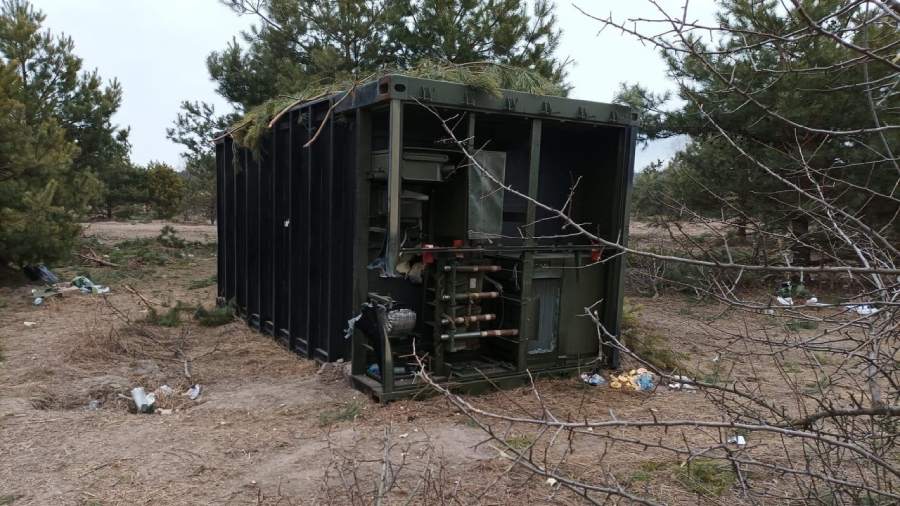In destructive power, the behemoths of the Cold War dwarfed the American atomic bomb that destroyed Hiroshima. Washington’s biggest test blast was 1,000 times as large. Moscow’s was 3,000 times. On both sides, the idea was to deter strikes with threats of vast retaliation — with mutual assured destruction, or MAD. The psychological bar was so high that nuclear strikes came to be seen as unthinkable.
Today, both Russia and the US have nuclear arms that are much less destructive — their power just fractions of the Hiroshima bomb’s force, their use perhaps less frightening and more thinkable.
Concern about these smaller arms has soared as Vladimir V. Putin, in the Ukraine war, has warned of his nuclear might, has put his atomic forces on alert and has had his military carry out risky attacks on nuclear power plants. The fear is that if Putin feels cornered in the conflict, he might choose to detonate one of his lesser nuclear arms — breaking the taboo set 76 years ago after Hiroshima and Nagasaki.
Analysts note that Russian troops have long practiced the transition from conventional to nuclear war, especially as a way to gain the upper hand after battlefield losses. And the military, they add, wielding the world’s largest nuclear arsenal, has explored a variety of escalatory options that Putin might choose from.
“The chances are low but rising,” said Ulrich Kühn, a nuclear expert at the University of Hamburg and the Carnegie Endowment for International Peace. “The war is not going well for the Russians,” he observed, “and the pressure from the West is increasing.”
Putin might fire a weapon at an uninhabited area instead of at troops, Dr Kühn said. In a 2018 study, he laid out a crisis scenario in which Moscow detonated a bomb over a remote part of the North Sea as a way to signal deadlier strikes to come.
“It feels horrible to talk about these things,” Dr Kühn said in an interview. “But we have to consider that this is becoming a possibility.”
Washington expects more atomic moves from Putin in the days ahead. Moscow is likely to “increasingly rely on its nuclear deterrent to signal the West and project strength” as the war and its consequences weaken Russia, Lt Gen. Scott D. Berrier, director of the Defence Intelligence Agency, said.











